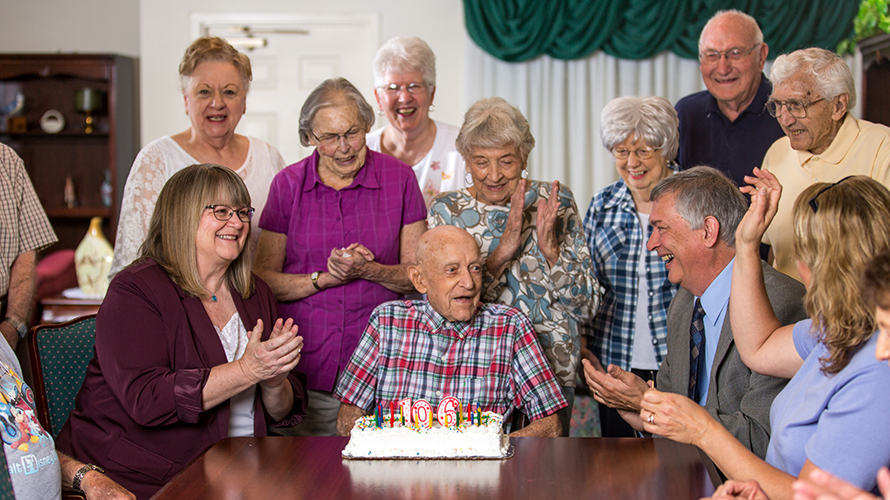
The Exceptional Longevity Lab initiative, Exceptional Longevity in Rural Environments, began in 2007. It is concerned with adaptation and exceptional survival skills in very late life and has three specific aims:
- To study exceptional survival skills in rural environments.
- To examine activity, cognition, and mental health in late life.
- To develop smart home technology that will promote aging in place.
The initiative is supported by funds from the College of Human Sciences.
Centenarian demographics
- Centenarians are individuals 100 years of age and older. As of 2016, the global life expectancy was 72 years (74.2 years for women and 69.8 years for men ( World Health Organization). The life expectancy by country as of 2020 indicates that Hong Kong has the highest life expectancy (84.9 years), and newborns in the United States on average can expect to live 78.9 years (World Population Review, 2020)
- The 2017 United Nations reported that there will be about 97,000 centenarians in 2020. United Nations, 2017.
- The 2017 United Nations also reported that about 76,000 centenarians will be women and 21,000 centenarians will be men in 2020. United Nations, 2017.
- About 82.8 percent of centenarians were women. Census report, PDF, 2010
- For every 100 women who lived to be at least 100 years old in 2010, there were just 20.7 men who saw their 100th birthday.
- In 2010, every 1 out of 5786 of the total population were centenarians. Centenarian Report, PDF, 2010
- According to the 2010 Census, there were 846 centenarians in Iowa, third among the 50 states in the percentage of the total population that are centenarians.
- 86% of Iowa centenarians are female. Iowa Stats Sheet on Centenarians, PDF, 2012
- Japan has 3.43 centenarians per 10,000 people, as of 2010, beating even our longest-lived state, North Dakota.
